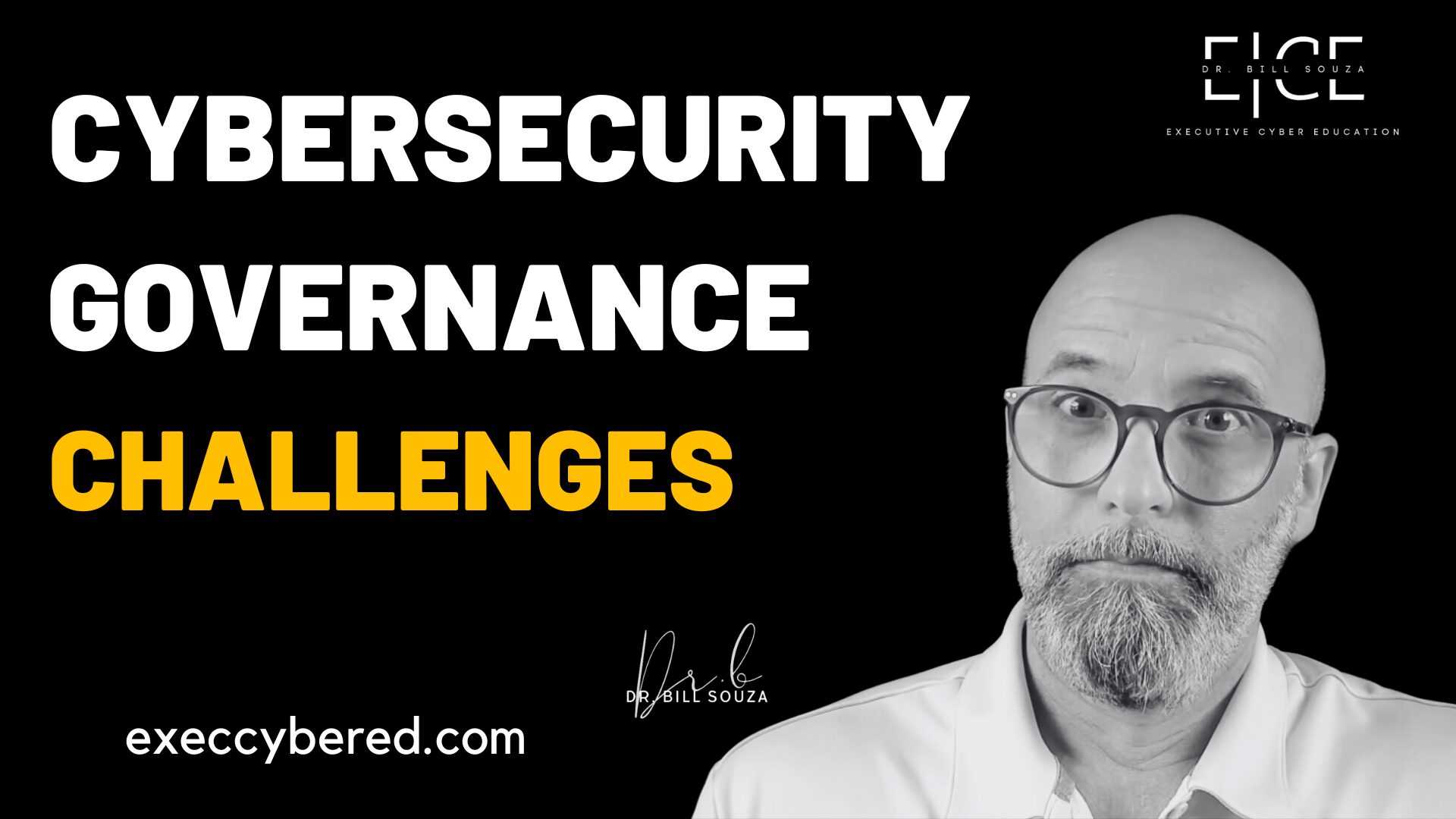On this page
As the cybersecurity landscape rapidly evolves, it’s crucial to stay ahead of governance emerging trends and technologies that are reshaping the industry. At Executive Cyber Education, we are committed to providing insights into the future of cybersecurity governance, particularly focusing on the revolutionary impacts of Artificial Intelligence (AI) and Machine Learning (ML).
Emerging Trends in Cybersecurity Governance
1. Artificial Intelligence and Machine Learning
AI and ML are transforming cybersecurity by enabling systems to identify and respond to threats more effectively. Here are key areas where these technologies are making significant impacts:
- Threat Detection and Response: AI and ML algorithms analyze vast amounts of data to identify unusual patterns and potential threats, allowing for quicker response times.
- Behavioral Analytics: These technologies help understand user behaviors, making it easier to detect anomalies that could indicate security breaches.
- Predictive Analytics: By leveraging historical data, AI and ML can predict future cyber threats, providing a proactive approach to cybersecurity.
2. Zero Trust Architecture
The traditional security perimeter is becoming obsolete with the rise of remote work and cloud computing. Zero Trust Architecture (ZTA) is gaining traction as a model where no entity is trusted by default. Key aspects include:
- Continuous Verification: AI and ML algorithms continuously verify every access request.
- Micro-segmentation: Dividing the network into smaller, isolated segments to minimize the impact of potential breaches.
- Least Privilege Access: Ensuring users have the minimum level of access necessary for their roles.
Microsoft offers a good overview of Zero Trust Architecture (ZTA).
3. Blockchain Technology
Blockchain offers a decentralized approach to cybersecurity, enhancing transparency and security in data transactions. Its applications include:
- Secure Data Sharing: Ensuring the integrity and security of data shared across different platforms.
- Identity Management: Providing robust and tamper-proof identity verification methods.
- Incident Response: Offering a transparent and immutable record of transactions, aiding in quicker and more reliable incident analysis.
4. Quantum Computing
While still in its infancy, quantum computing holds the potential to revolutionize cybersecurity. It poses both opportunities and challenges:
- Advanced Encryption: Quantum computers can create virtually unbreakable encryption methods.
- Breaking Existing Encryption: Conversely, they may also break current encryption standards, necessitating new approaches to data security.
Implications for Cybersecurity Governance
Enhancing Regulatory Compliance
As AI and ML become integral to cybersecurity, governance frameworks must evolve to ensure these technologies are used ethically and effectively. This includes:
- Developing Standards: Creating industry standards for AI and ML use in cybersecurity.
- Ensuring Transparency: Mandating transparent algorithms and decision-making processes.
- Privacy Considerations: Balancing advanced threat detection capabilities with the need to protect user privacy.
Workforce Transformation
The integration of advanced technologies necessitates a shift in the cybersecurity workforce. Key areas of focus include:
- Skill Development: Training AI, ML, and quantum computing professionals to bridge the skills gap.
- Interdisciplinary Collaboration: Encouraging collaboration between cybersecurity experts and data scientists.
- Continuous Learning: Promoting a culture of continuous education to keep pace with technological advancements.
Strategic Leadership
Effective cybersecurity governance requires visionary leadership. Executives must:
- Foster Innovation: Encourage the adoption of cutting-edge technologies within their organizations.
- Risk Management: Develop robust frameworks incorporating the latest technological trends.
- Stakeholder Engagement: Engage with various stakeholders, including regulators, to shape the future of cybersecurity policies.
Final Thought
Revolutionary technologies like AI, ML, blockchain, and quantum computing are shaping the future of cybersecurity governance. As these technologies continue to evolve, it is imperative for cybersecurity professionals and organizations to adapt their strategies and frameworks accordingly. At Executive Cyber Education, we are dedicated to empowering executives with the knowledge and skills needed to navigate this dynamic landscape and safeguard their organizations against emerging cyber threats. I also discuss cyber risk and governance here.
Thank you for reading. Stay ahead of the curve by keeping informed about the latest trends and technologies in cybersecurity governance.
Do you want to succeed in your next Cybersecurity Risk Assessment?
Here is a quick start guide: https://www.execcybered.com/ECE/3-step-framework-sp/3-step-framework/








